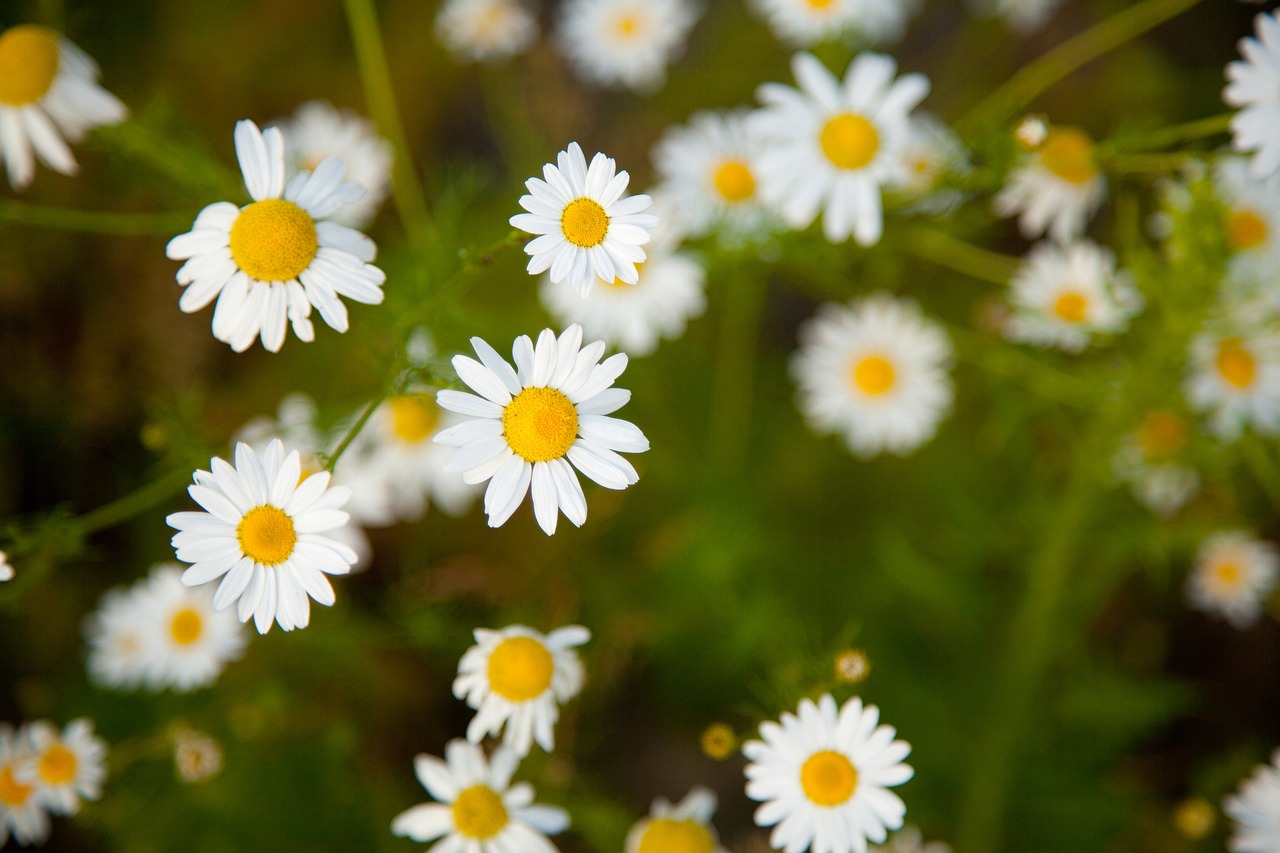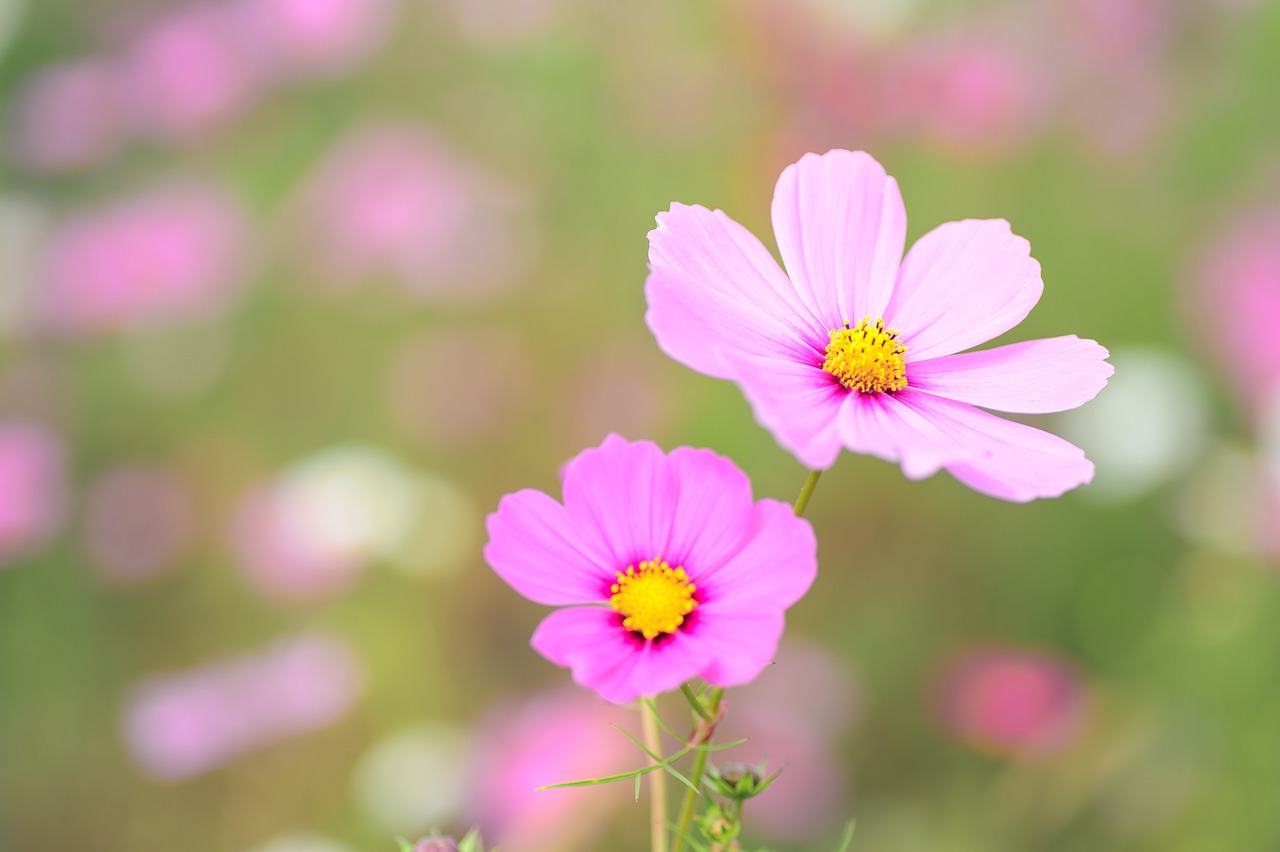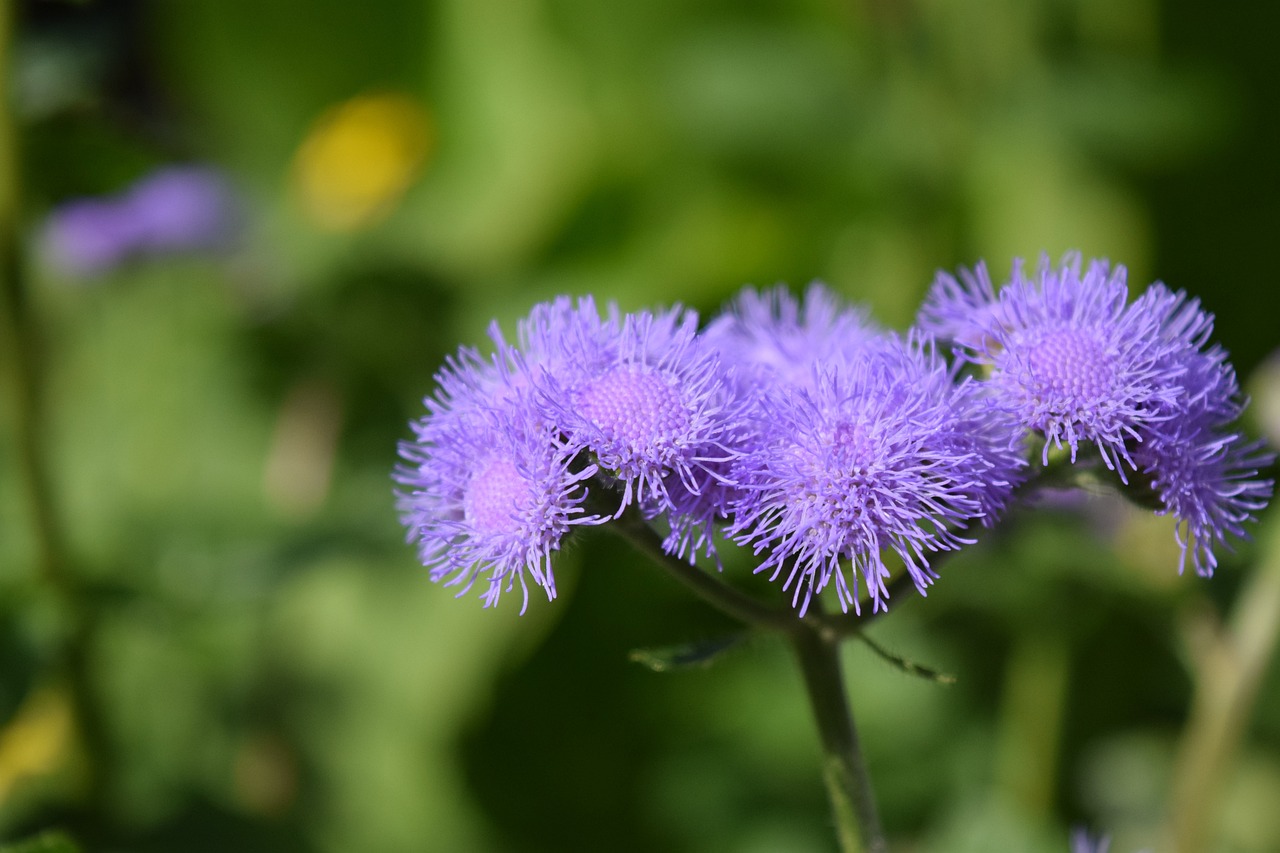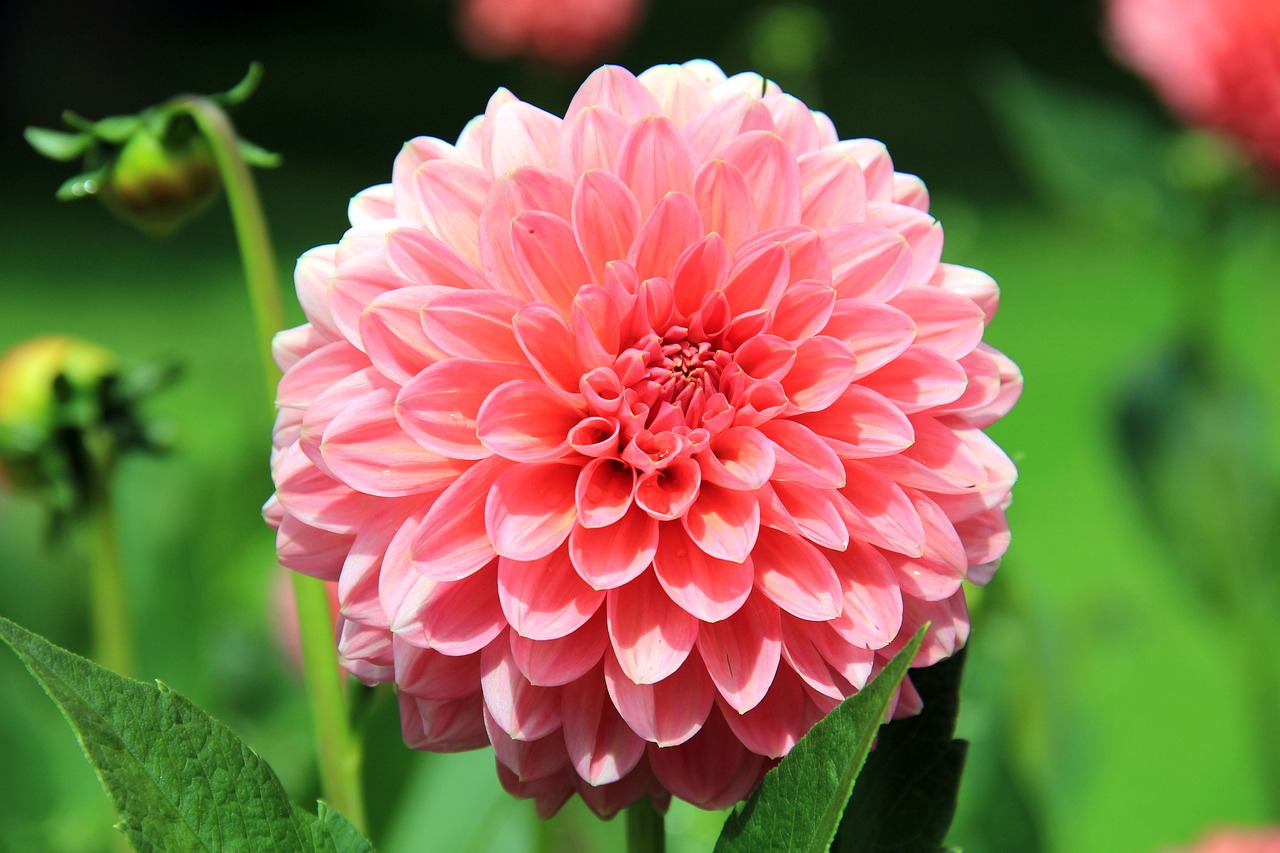Rudbeckia | A Sunlit Face of the American Wild
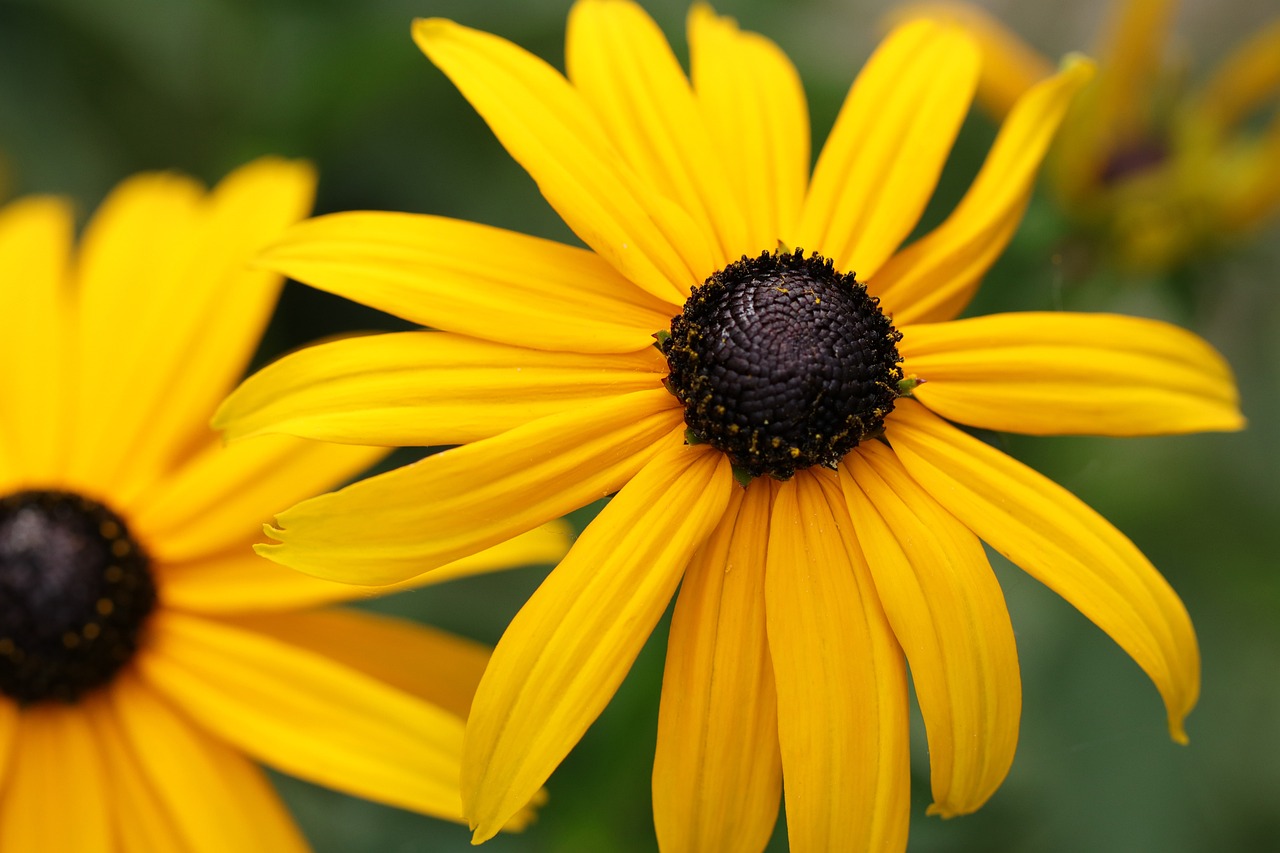
Rudbeckia is a vibrant flower that brightens gardens from summer to autumn, known for its vivid yellow and orange blossoms. It is hardy and easy to grow, making it an excellent choice for beginners in gardening.
In this article, I will introduce the essential information about Rudbeckia, its cultural background, and practical tips for growing it successfully.
Basic Information
- Scientific name: Rudbeckia
- Family: Asteraceae (Daisy family)
- Origin: North America
- Appearance: Rudbeckia produces flowers with bright yellow or orange petals and a dark central disk, often referred to as “Black-eyed Susan.” The plant grows between 30 and 100 cm tall, with taller varieties serving as striking accents in flowerbeds.
- Blooming season: From July to October, it blooms continuously, allowing you to enjoy its flowers throughout the changing seasons.
Cultural Significance Around the World
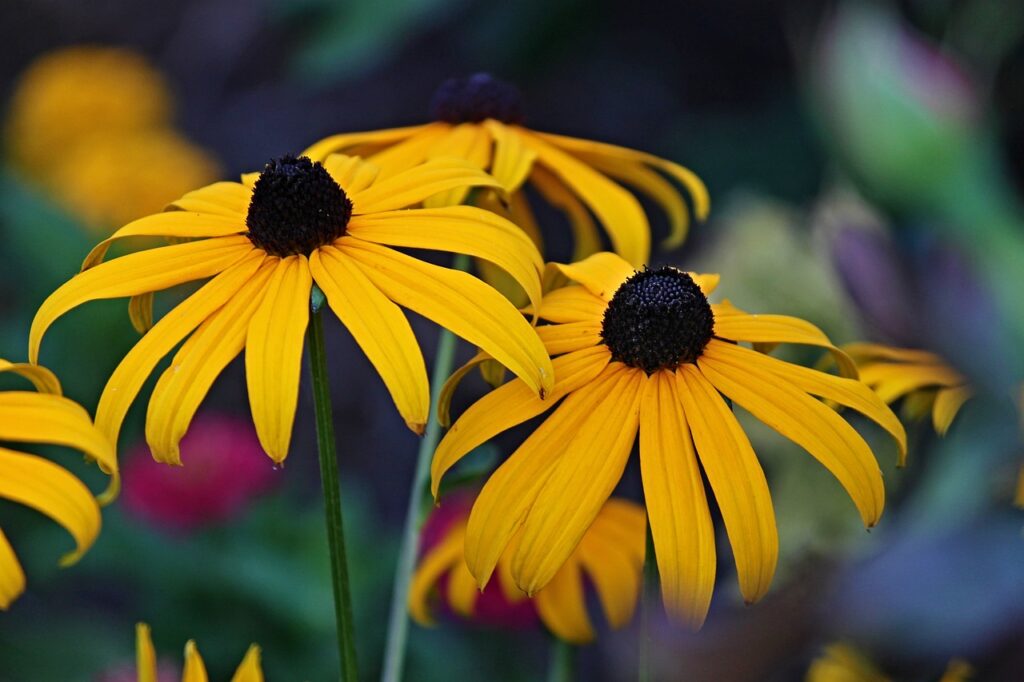
In the United States, Rudbeckia is widely known as “Black-eyed Susan” and is commonly cultivated in gardens and public flowerbeds. In North America, it symbolizes friendship and justice. Its bright yellow color evokes happiness and vitality, making it a popular gift.
Because of its resilience and adaptability, Rudbeckia is also associated with strength and perseverance.
In Europe, it is equally loved as an ornamental plant, especially as a radiant highlight in summer gardens.
Historical Background
The name Rudbeckia was given in honor of the Swedish botanist Olof Rudbeck. He was the teacher of Carl Linnaeus, often called the “father of botany,” who named the flower to pay tribute to his mentor.
In North America, Rudbeckia was cherished by Indigenous peoples and accepted as part of the natural landscape, flourishing across wild prairies and meadows. It remains deeply connected to the native scenery of North America.
Gardening Advice
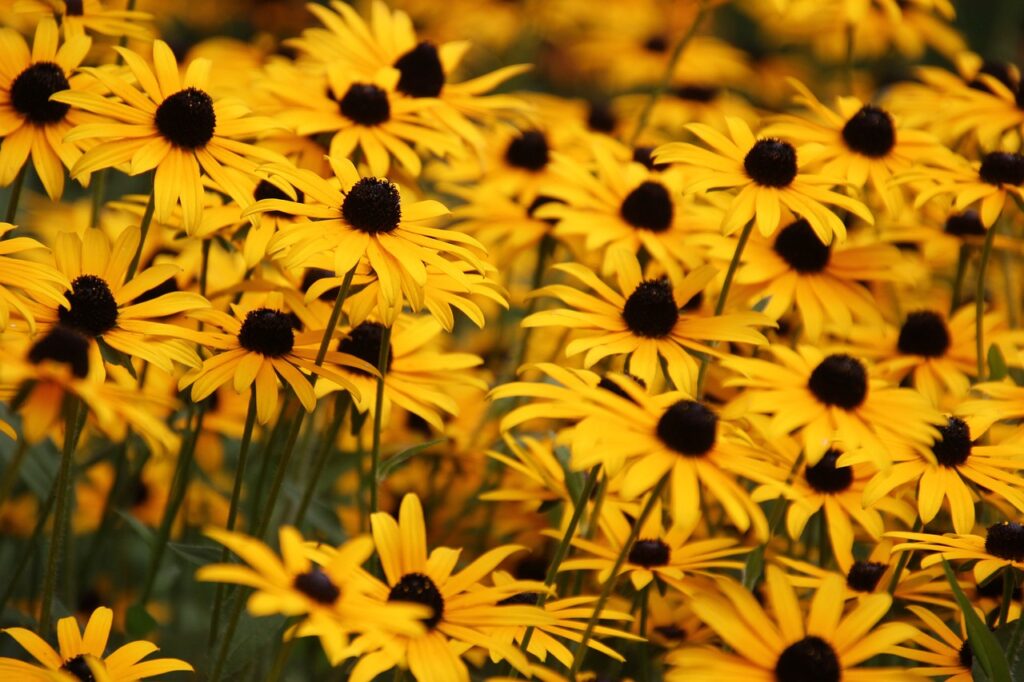
Rudbeckia thrives in sunny locations and adapts well to different types of soil. It grows best in well-drained conditions and is tolerant of dryness, requiring only moderate watering. Water thoroughly when the soil surface becomes dry.
As a cold-hardy perennial, it survives the winter and returns year after year. Regular deadheading and pruning encourage new blooms, allowing you to enjoy flowers for a longer period.
Applying fertilizer once during the blooming season further improves growth and flowering.
Conclusion
Rudbeckia, with its cheerful colors and hardiness, has earned its place in the hearts of many gardening enthusiasts. Its ease of cultivation and long flowering season make it ideal for beginners.
I encourage you to plant Rudbeckia in your garden or flowerbeds and enjoy the seasonal beauty it brings from summer through autumn.

